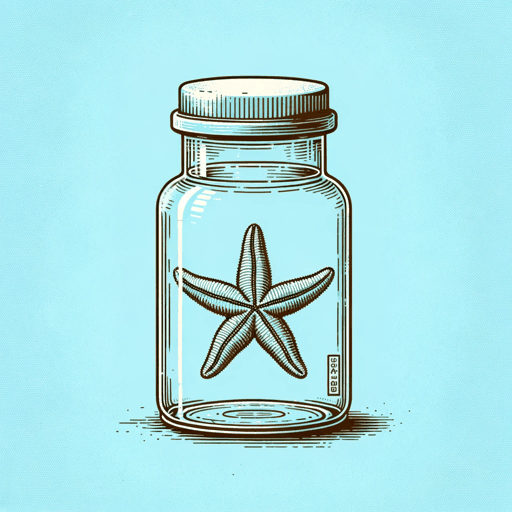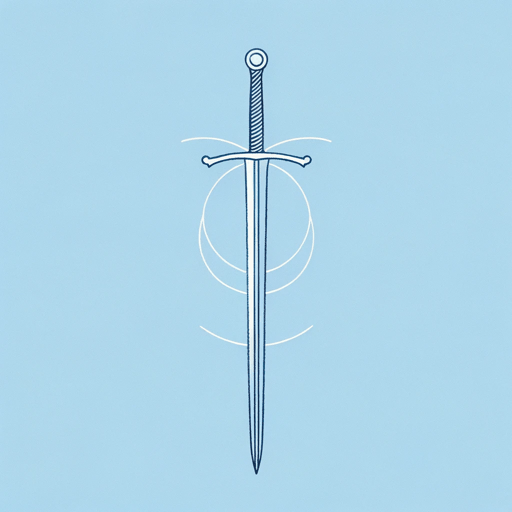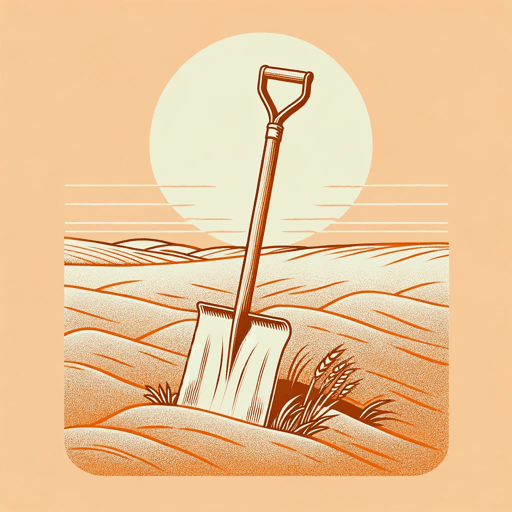53 pages • 1 hour read
John SteinbeckThe Chrysanthemums
Fiction | Short Story | Adult | Published in 1937A modern alternative to SparkNotes and CliffsNotes, SuperSummary offers high-quality Study Guides with detailed chapter summaries and analysis of major themes, characters, and more. For select classroom titles, we also provide Teaching Guides with discussion and quiz questions to prompt student engagement.
Background
Authorial Context: John Steinbeck
John Steinbeck was born in Salinas, California, in 1902. He intermittently attended Stanford University from 1920 to 1926, though he never received his degree. He then worked odd jobs to support his writing. After publishing three novels, he finally earned recognition with Tortilla Flat in 1935. Soon after, he received significant attention for his novel Of Mice and Men (1937) and The Grapes of Wrath (1939), for which he won a Pulitzer Prize. He served as a war correspondent during the Second World War and was awarded the Nobel Prize for Literature in 1962.
Steinbeck’s notable works focus on the social issues of his day and are often aggressively political. Many of his works highlight the plight of manual laborers and migrant workers, exposing corrupt and exploitative systems. Steinbeck spent a great deal of time with union leaders, Marxists, communists, and radicals of all kinds, which influenced his writings. Many accused him of being too left-leaning, others said he was not left-leaning enough, and critics complained that his work perpetuated stereotypes. However, he was inducted into the American Academy of Arts and Letters in 1948, and President Lyndon B. Johnson awarded him the Presidential Medal of Freedom in 1964.
Related Titles
By John Steinbeck

Cannery Row
John Steinbeck

East of Eden
John Steinbeck

Flight
John Steinbeck

In Dubious Battle
John Steinbeck

Of Mice and Men
John Steinbeck

Sweet Thursday
John Steinbeck

The Acts of King Arthur and His Noble Knights
John Steinbeck

The Grapes of Wrath
John Steinbeck

The Harvest Gypsies: On the Road to the Grapes of Wrath
John Steinbeck

The Log From The Sea of Cortez
John Steinbeck

The Long Valley
John Steinbeck

The Moon Is Down
John Steinbeck

The Pearl
John Steinbeck

The Red Pony
John Steinbeck

The Wayward Bus
John Steinbeck

The Winter Of Our Discontent
John Steinbeck

To a God Unknown
John Steinbeck

Tortilla Flat
John Steinbeck

Travels With Charley
John Steinbeck

